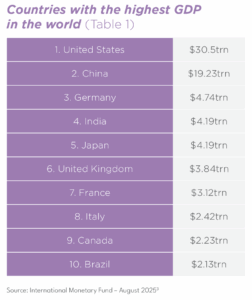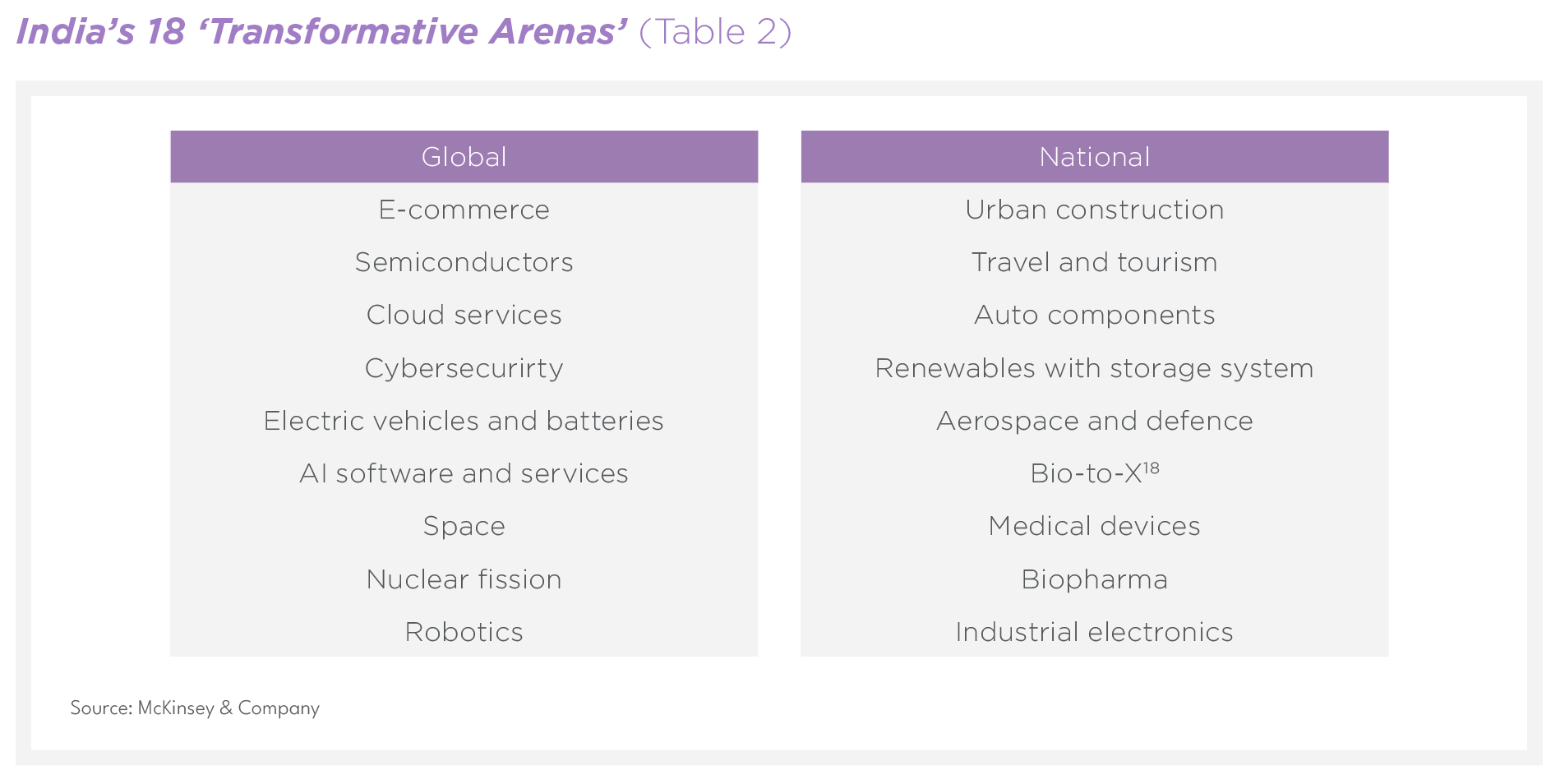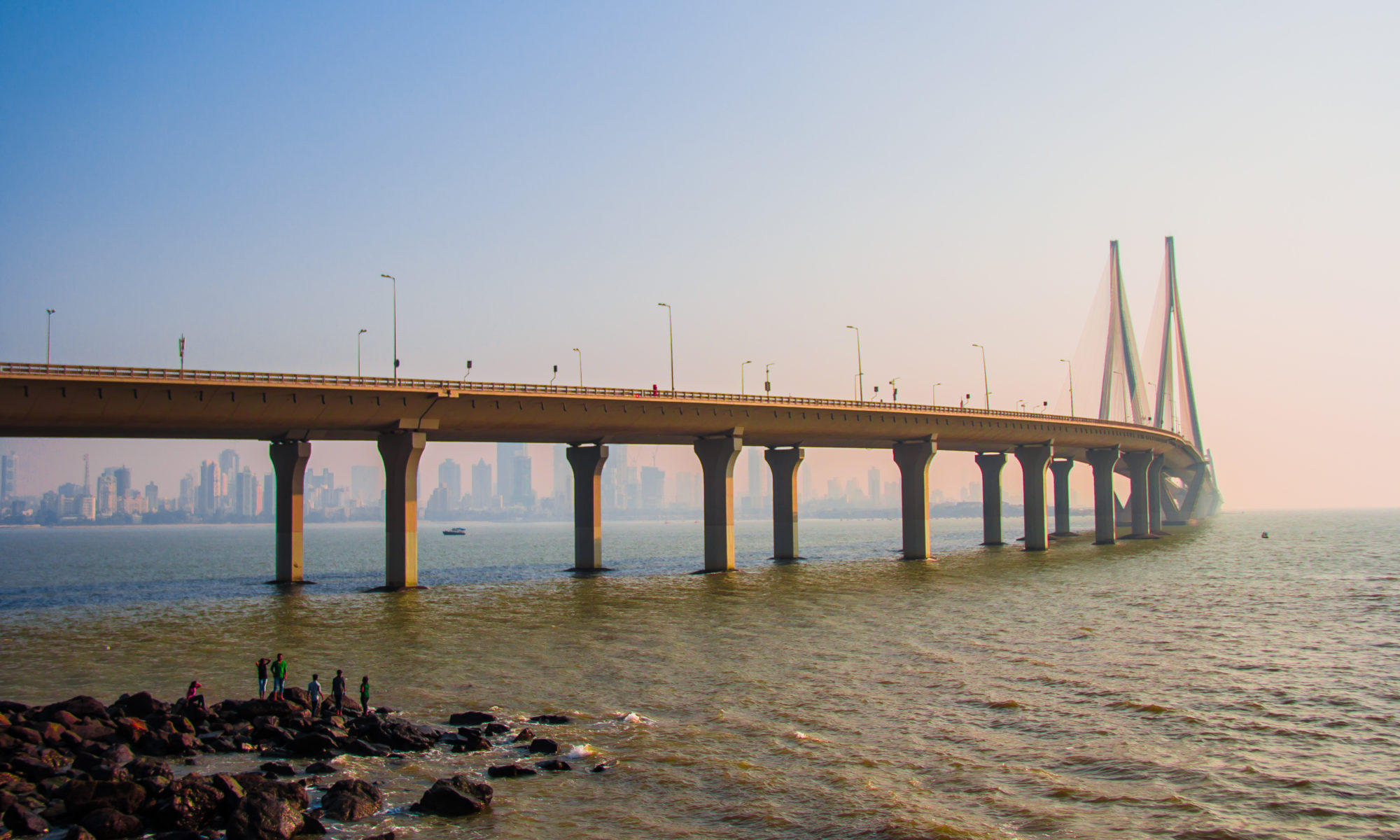India: the disconnect between fundamentals and the market
The performance of the Indian stock market has recently been lacklustre. This is despite a significant improvement in the economic environment, with 100bp of interest rate cuts in 2025 (to 5.5%) and significant cuts in income tax in the February budget followed by the recent rationalisation and reduction of the Goods and Service Tax. This is in addition to continued elevated spending on infrastructure, and a further successful monsoon (with rainfall 108% of the long run average) which will boost the rural economy. Inflation remains low (2.1% year on year in August) and foreign exchange reserves remain robust ($700.2bn as at 26th September).
So, why the subdued performance? We ascribe this to 3 factors:
- Earlier concerns about a weakening growth environment: with Q3 2024 GDP reported at just 5.4%. This was due to a number of one-off factors, and does not represent the underlying growth dynamic as evidenced by subsequent GDP growth in the first two quarters of 2025 of 7.4-7.8%. These stronger prints are prior to the impact of the interest rate and tax cuts, and thus we expect a strong upcoming Festival and Wedding season. Indeed, the Reserve Bank of India revised up their expectations for GDP in their October 2025 policy meeting, and gross foreign direct investment rose 33% in the first four months of this fiscal year to an all-time high for that period of $37.7bn.
- Geopolitical noise following Trump’s tariff imposition on India. In our view, this is largely irrelevant as exports to the US represent just 2.5% of Indian GDP and India’s circa 7.5%+ GDP is driven by domestic structural growth (such as urbanisation and the shift to the organised sector), in stark contrast to China’s export driven economy.
- A switch to alternative investment destinations. AI-related stocks have driven strong performance in markets such as Taiwan, as well as also having a significant influence on the performance of China and Korea. We believe that a reduction in foreign allocations to India has partly funded that switch. However, domestic investors continue to add to the Indian market (with inflows in July 2025 reaching a 9 month high) which demonstrates their confidence in the outlook for their home market. Furthermore, we do not believe that the Indian story should be seen as a tactical allocation for short term alpha, rather a structural, relatively uncorrelated long-term growth opportunity. We expect that foreign flows will resume to India as investors appreciate the significantly better economic environment and lock-in exceptional profits from elsewhere. Indeed, HSBC upgraded India to an ‘overweight’ last week. Finally, increased interest in Emerging Markets more generally and the resultant inflows into the asset class (which have accelerated in recent weeks) will also benefit India, as the third largest weighting within the universe.
Turning to valuations, which are never ‘cheap’ in terms of an absolute low p/e number, due to the multi-year structural growth opportunity which is not captured in a 1-2 year forward p/e. In addition, India benefits from a high Return on Equity and good corporate governance compared to many other markets. Nevertheless, current p/e valuations have descended back to their 5yr average and p/b valuations are approaching 1 standard deviation below their 5yr average. We believe that these are unjustified given the substantially improved outlook.In conclusion, we believe that the disconnect between the strong and improving fundamentals of the Indian economy and the lacklustre stock market is purely transitory, providing a potential opportunity for the long-term investor.
Source: Alquity, Government of India, JP Morgan, Spark, CLSA, HSBC October 2025
Disclaimer:
This is not an offering memorandum or prospectus and does not constitute investment advice. This is a marketing communication that is intended for information purposes only. The content, including external data sources, is believed to be reliable but no assurances or warranties are given. The companies mentioned are shown for illustrative purposes only, do not constitute investment advice, and are not a recommendation to buy or sell any security.
Investments in emerging markets, including India, involve greater risks, including political, currency, and liquidity risks.
Prospective investors should read and understand the terms of the Prospectus (including the risk factors) prior to purchasing units in any of the funds. There can be no assurance that the fund’s investment objectives will be achieved and investment results may vary substantially over time. We do not provide financial, tax or legal advice and we recommend that you obtain your own independent advice tailored to your individual circumstances prior to investing. Prospective investors should be aware that the value of
investments can go down as well as up and past performance is not an indicator of future performance. Investors should be aware that by investing in the fund, they risk losing all or part of the capital invested. The Alquity Asia Fund, Alquity Future World Fund, Alquity Indian Subcontinent Fund and Alquity Global Impact Fund are sub-funds of the Alquity SICAV (the “Fund”), which is a UCITS-compliant investment vehicle and a recognised collective investment scheme under the Financial Services and Markets Act 2000 (FSMA) in the United Kingdom.
The Alquity SICAV is an open-ended investment company managed by Limestone Platform incorporated under the laws of Luxembourg and authorised by the Commission de Surveillance du Secteur Financier
(CSSF). The Fund is authorised under the UCITS Directive (Directive 2009/65/EC). Sub-funds may not be registered for distribution in all jurisdictions. Alquity Investment Management Limited acts as the investment manager to the SICAV.
This marketing communication is issued by Alquity Investment Management Limited (“AIML”) for distribution both within and outside the United Kingdom. AIML is incorporated in England and Wales (Company No. 07992381) and is authorised and regulated by the Financial Conduct Authority (FRN 463991). Its registered office is Audrey House, Ely Place, London, EC1N 6SN.











